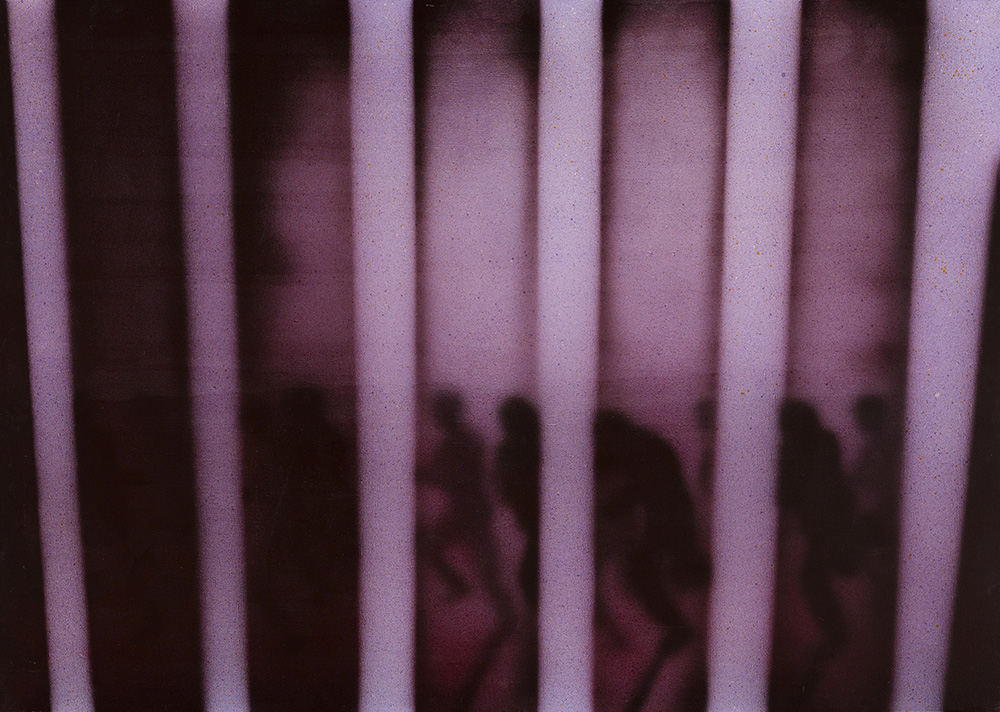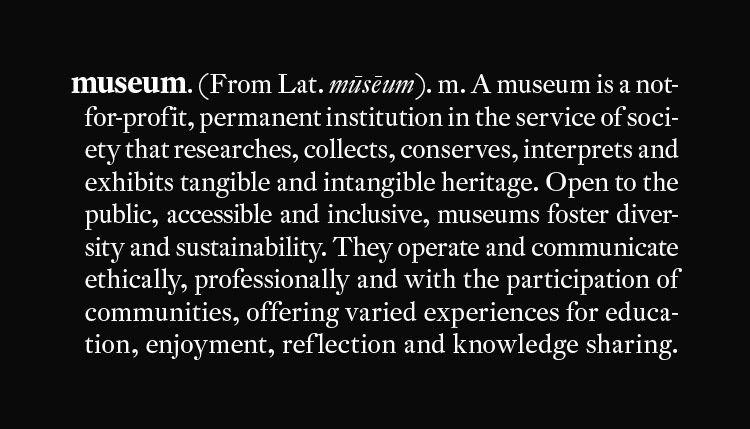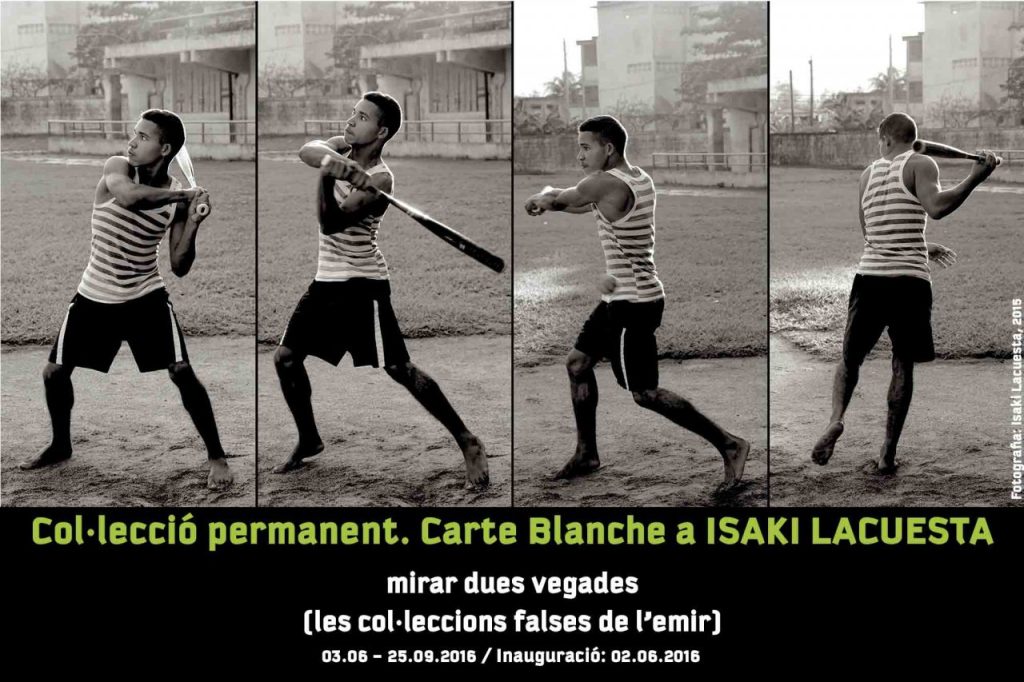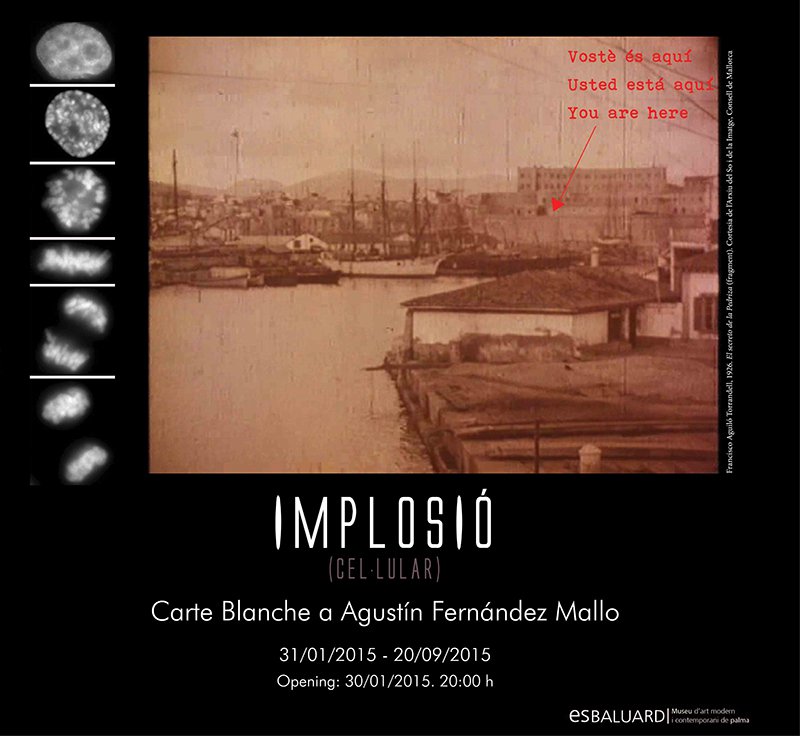
- Artist:
- Juan Genovés
- Date:
- 1971
- Technique:
- Acrylic on canvas
- Dimensions:
- 140 x 200 cm
- Origin:
- Es Baluard Museu d'Art Contemporani de Palma, donated by Fundació d'Art Serra
- Registration number:
- 32
- Exposed:
- No
In the ‘sixties, Juan Genovés began to approach two themes: the “lone individual”, resolved initially as a collage in relief, and the “multitude”, treated with flat inks and basic structures with a cinematographic appearance. This latter proposal, to which the work M131 belongs, would become consolidated over time in a singular political realism with an intense social critique, made by manipulating images provided by the mass media.
This large-format acrylic painting on canvas depicts a crowd fleeing behind some bars – perhaps those of a grille on a door or a window. A painting – like all of the artist’s creative oeuvre – that is intentionally ambiguous and decontextualized, which in the ‘sixties and early ‘seventies became a symbol of resistance to the Franco regime in Spain, transformed into an emblem of political protest against the dictatorship, to reflect on the discomfort and fear of society. A society formed by a mass, although the artist has always sought to express it figure by figure, differentiating them with small, individual details, by way of an obsession, to escape from anonymity and manage to identify the character who forms part of a larger group, alongside others. In later years, his work has turned towards research of the static movement in painting. The crowd became a reference for speaking of the problem of painting and visual rhythm.
P.R.
Juan Genovés studied at the School of Fine Arts in his native city, and later settled in Madrid, where he lived and worked until the end. A restless painter, preoccupied with the need to renew Spanish art and the function of art and the artist in society, his conviction of the transformative power of art and his commitment led him to become a member of highly significant collectives on the Spanish post-war scene: Los Siete (1949), Parpalló (1956) and Hondo (1960). He was one of the figures who gave impetus to the new realist figuration that developed in Spain from the ‘sixties on, a practice he was able to structure from a social and protest perspective, and which he later developed to include references from the medium of photography and the mass media.
P.R.




